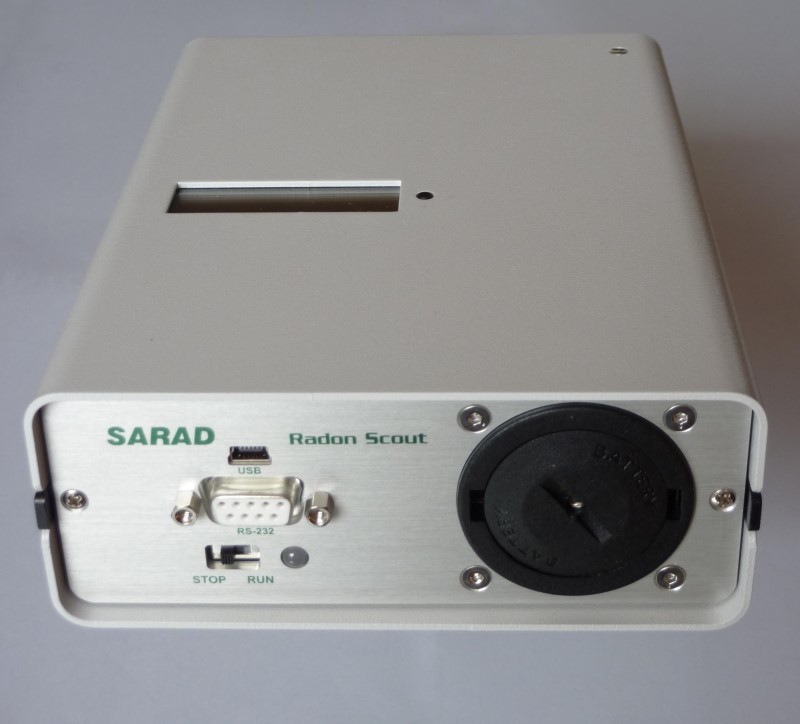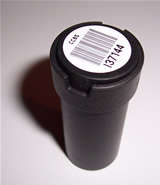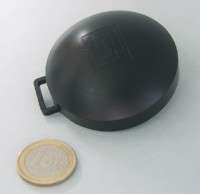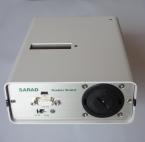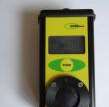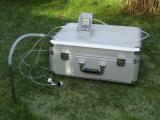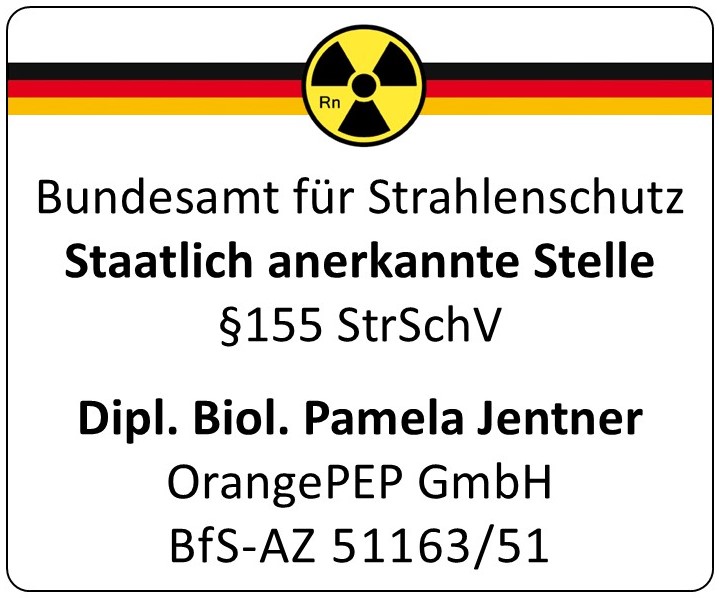In measurement engineering, we deal with facts and values. From measurements, we evaluate the present situation. We compare specifications and guidelines and give the all-clear or determine what action to take.
The results show the necessary measures.
What orients the evaluation?
With increasing concentration of radon in the air, the risk of lung cancer increases. This was stated inter alia by an Europe-wide survey in 2005, with the participation of the Federal Office for Radiation Protection (BfS) and with funding from the European Commission. Thus radon is causing about 20,000 lung cancer deaths per year in the EU, of which about 2,000 to 3,000 deaths are in Germany. It is therefore of the utmost importance to check the residential areas and workplaces, i.e. everywhere where people stay for a long time. This of course includes all schools, kindergartens, rest homes and clinics, among others.
Epidemiological studies show that the risk of developing lung cancer increases by about 10% when the concentration of radon in indoor air increases to 100 Bq / m³. The Federal Office for Radiation Protection and other well-known institutions assume that the risk of lung cancer doubles at 1,000 Bq / m³.
There is no threshold below which there is no risk for adverse health effects. Even low levels of radon increase the risk of lung cancer.
Surveys show that about 90% of lung cancer cases are caused by radon at low or moderate levels. From a precautionary health point of view therefore, it is important not only to avoid high levels of radon, but also to decrease medium-sized radon concentrations significantly.
Commission on Radiological Protection: Health studies Radon
The EURATOM Directive 2013/59 of 05.12.2013 specifies that radon-safe construction is a legal obligation in Europe. Article 74 defines that the radon concentration in indoor air must not exceed 300 Bq/m³ in annual average. Values below 100 Bq/m³ should be aimed for.
The annual average value should be determined by long-term measurements. Measurement duration should be 1 year, however minimum 3 months during the heating season.
Measurement of radon concentration in indoor air
Different methods of measurement are used, depending on the problem, situation and location. For long-term measurements indoors we use alpha track dosimeters. This measurement method is accepted by public authorities to determine the annual average value of radon concentration. In private buildings we preferably measure in living rooms and bedrooms in the lowest living floor and in the basement if existing. In other buildings, public areas and rooms with ground contact are measured.
The measurement period should last for a whole year if possible, or at least 3 months during the heating season. During the winter period, radon concentrations in buildings often increase, differences in air pressure between heated rooms and wintry cold substrates emerge and a certain chimney effect intensifies the radon penetration into the building.
Often there is no possibility to carry out a measurement for a whole year and to wait for the final results. Furthermore, in many cases, not only the mean value but also the temporal profile of the concentration changes is of particular interest. Then we carry out preliminary short-term measurements with electronic instruments, such as Radon Scout Plus, DOSEman and Canary. The same for determining the radon entry paths or for measurements of soil air. Electronic gauges allow rapid detection and response to elevated radon exposures. However, the results are meaningful only for the measurement period. The actual annual average value may vary.
Measurement of radon concentration in soil air
We perform indicative measurements of radon concentration in soil air by the radon meter DoseMan and a soil tube. For this purpose, the soil tube is moved to about 1 m depth. To get a more reliable overview, several measuring points are measured on the site, as depending on the subsoil, the radon levels can fluctuate enormously.








